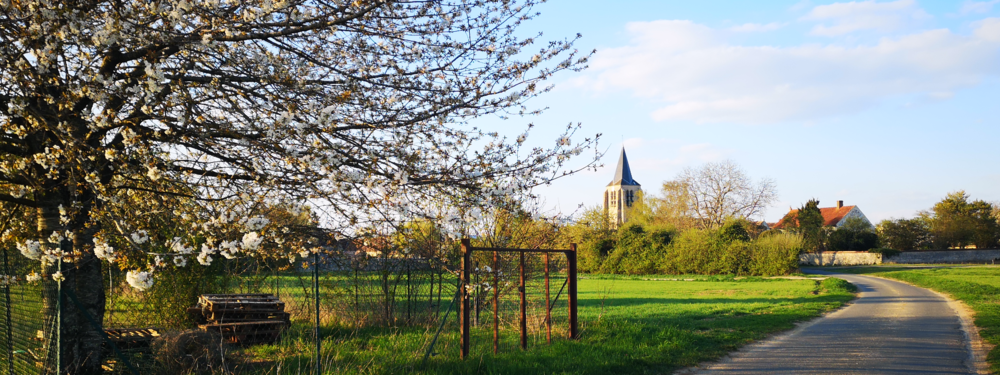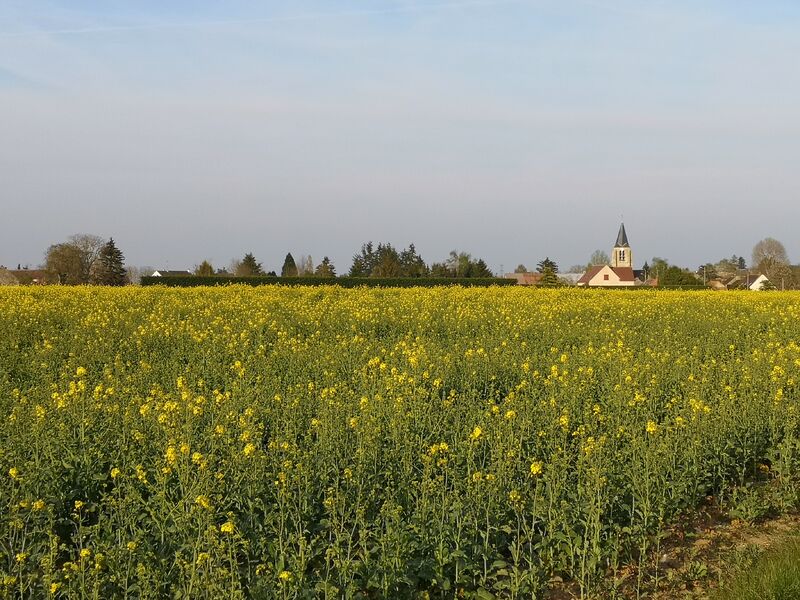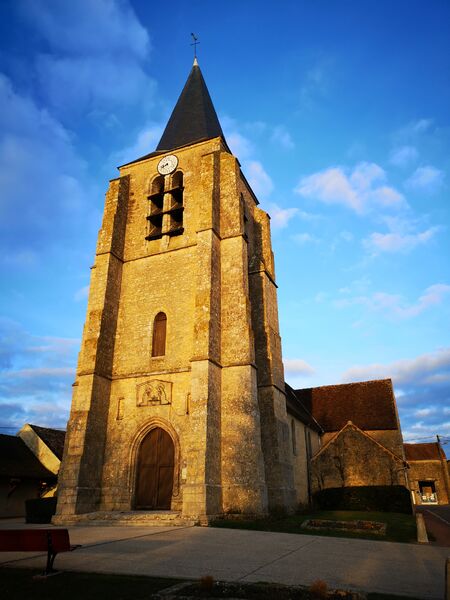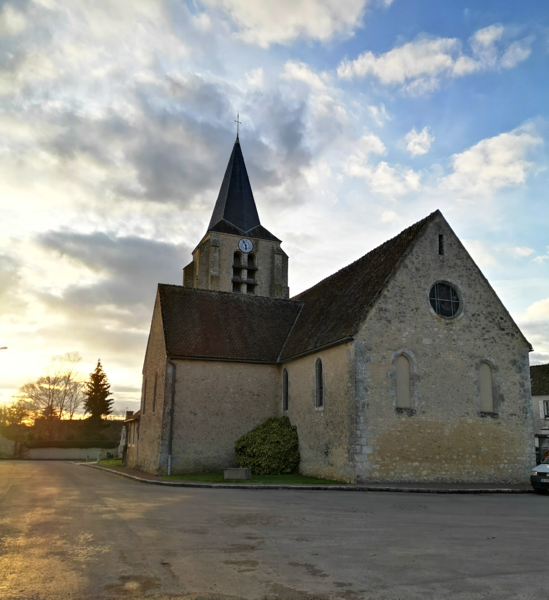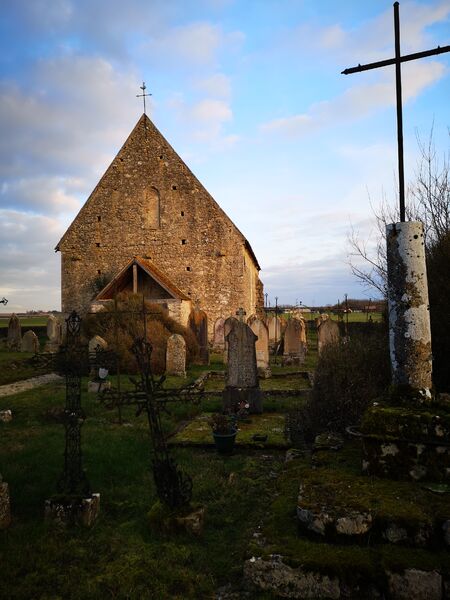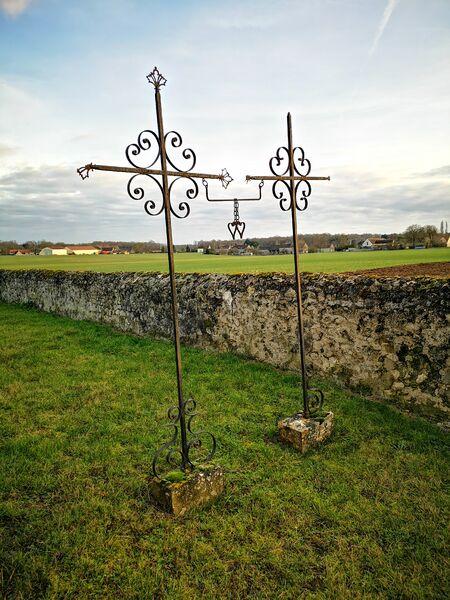Chaintreaux
Chaintreaux
Chaintreaux
Small countryside village where life is good.
The name of this commune comes from the word "chaintre", which means "limit", as it was situated on the border of several seigneuries.
First, an estate appeared in Gallo-Roman times. Then, in the Middle Ages, the parish belonged in part to the leper colony of Néronville, the lords of Egreville, the abbey of Cercanceaux, the Templar commandery of Beauvais en Gâtinais, the lords of Boulay and other neighbouring lords.
The church of Saint-Pierre and Saint-Paul dates from the 13th century. There are also many tombstones. In the past, people came here on pilgrimage to venerate Saint-Hubert. In the chapel dedicated to this saint, an altarpiece dating from 1616 depicting a hunting scene can be seen. The church is also decorated with several frescoes dating from the Middle Ages, including the coats of arms of the former lords of the country.
In the hamlet of La Brosse, a large farmhouse dating from the 12th century has mullioned windows and a well whose coping stones date from the Ancien Régime.
In the Middle Ages, the commune of Lagerville belonged to the powerful family of Chambellans de Villebéon. Finally, it was annexed to Chaintreaux in 1842. The church of Saint-Eutrope, which was once dedicated to Saint Mary Magdalene, was built in the 13th century. People used to come here on pilgrimage to cure throat ailments. The church has an adjoining cemetery, with most of the graves dating from the 18th and 19th centuries.
Translated with www.DeepL.com/Translator (free version)
First, an estate appeared in Gallo-Roman times. Then, in the Middle Ages, the parish belonged in part to the leper colony of Néronville, the lords of Egreville, the abbey of Cercanceaux, the Templar commandery of Beauvais en Gâtinais, the lords of Boulay and other neighbouring lords.
The church of Saint-Pierre and Saint-Paul dates from the 13th century. There are also many tombstones. In the past, people came here on pilgrimage to venerate Saint-Hubert. In the chapel dedicated to this saint, an altarpiece dating from 1616 depicting a hunting scene can be seen. The church is also decorated with several frescoes dating from the Middle Ages, including the coats of arms of the former lords of the country.
In the hamlet of La Brosse, a large farmhouse dating from the 12th century has mullioned windows and a well whose coping stones date from the Ancien Régime.
In the Middle Ages, the commune of Lagerville belonged to the powerful family of Chambellans de Villebéon. Finally, it was annexed to Chaintreaux in 1842. The church of Saint-Eutrope, which was once dedicated to Saint Mary Magdalene, was built in the 13th century. People used to come here on pilgrimage to cure throat ailments. The church has an adjoining cemetery, with most of the graves dating from the 18th and 19th centuries.
Translated with www.DeepL.com/Translator (free version)
- French
Opening times
All year round, daily.
Prices
Prices
Free access.

